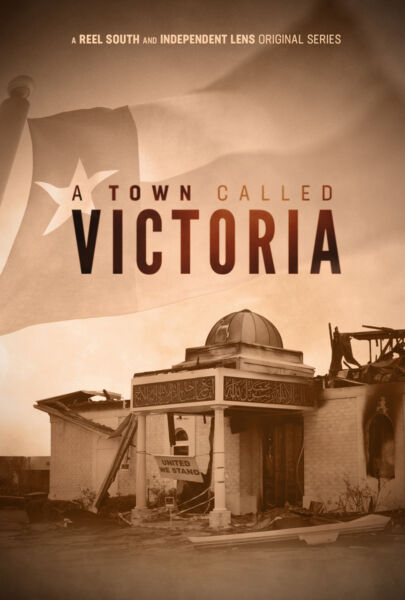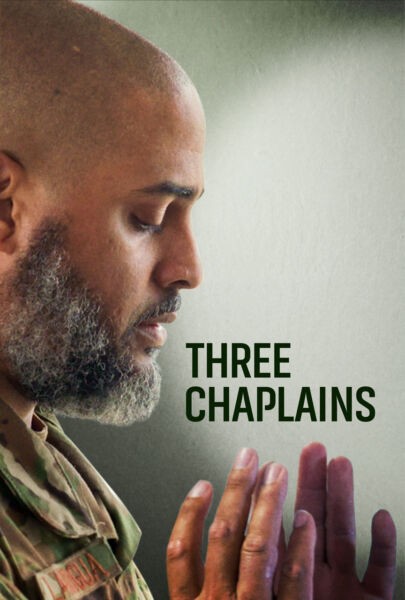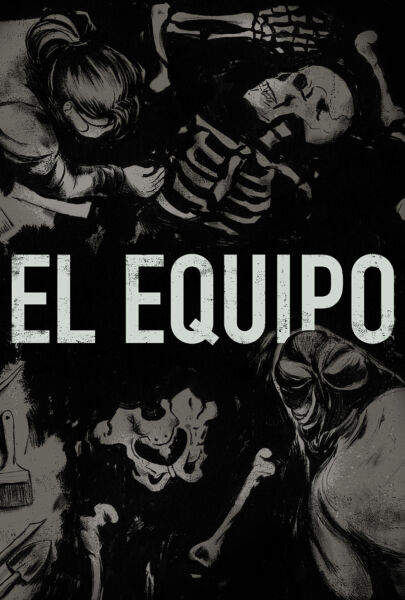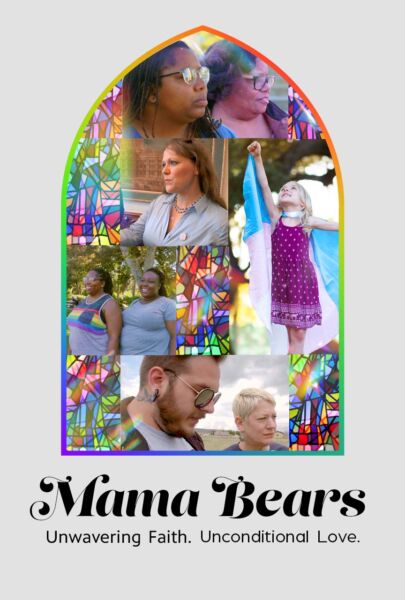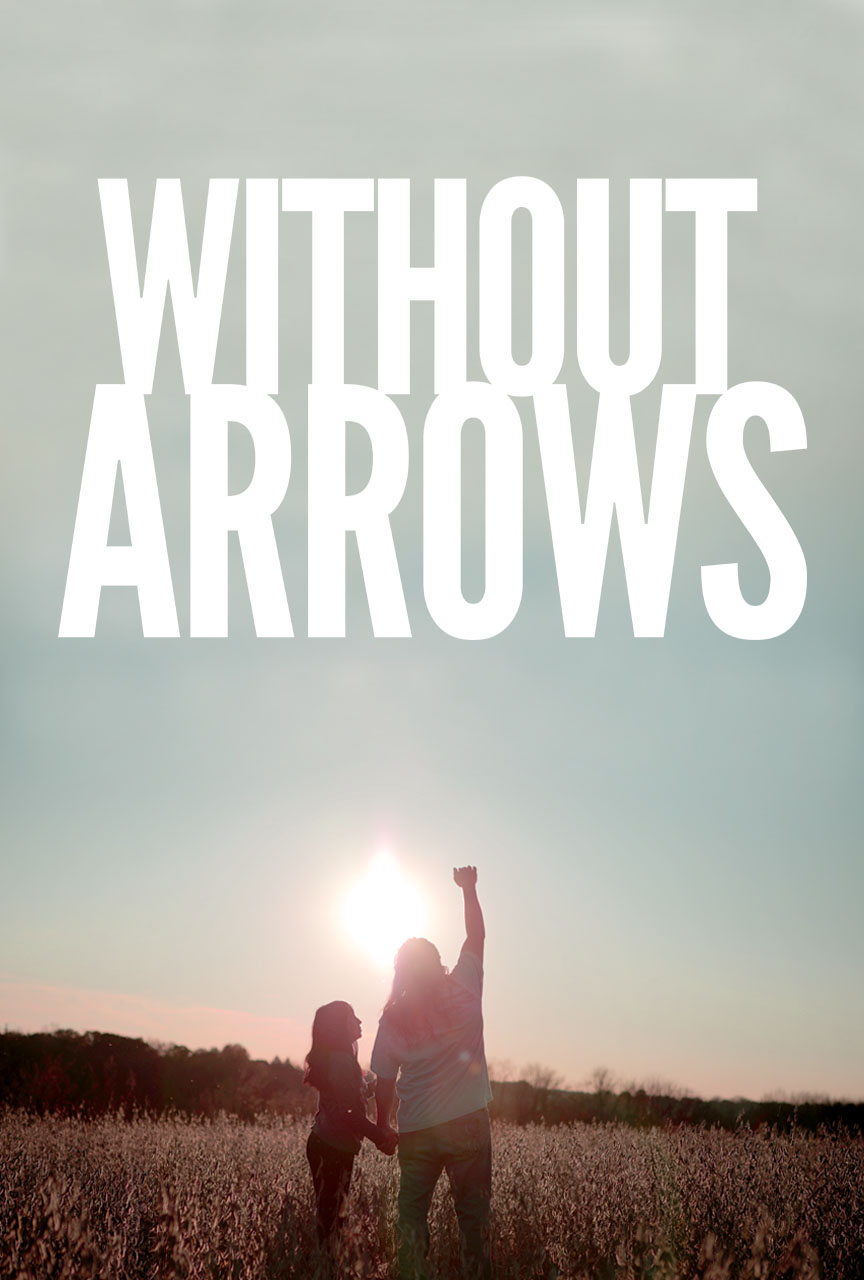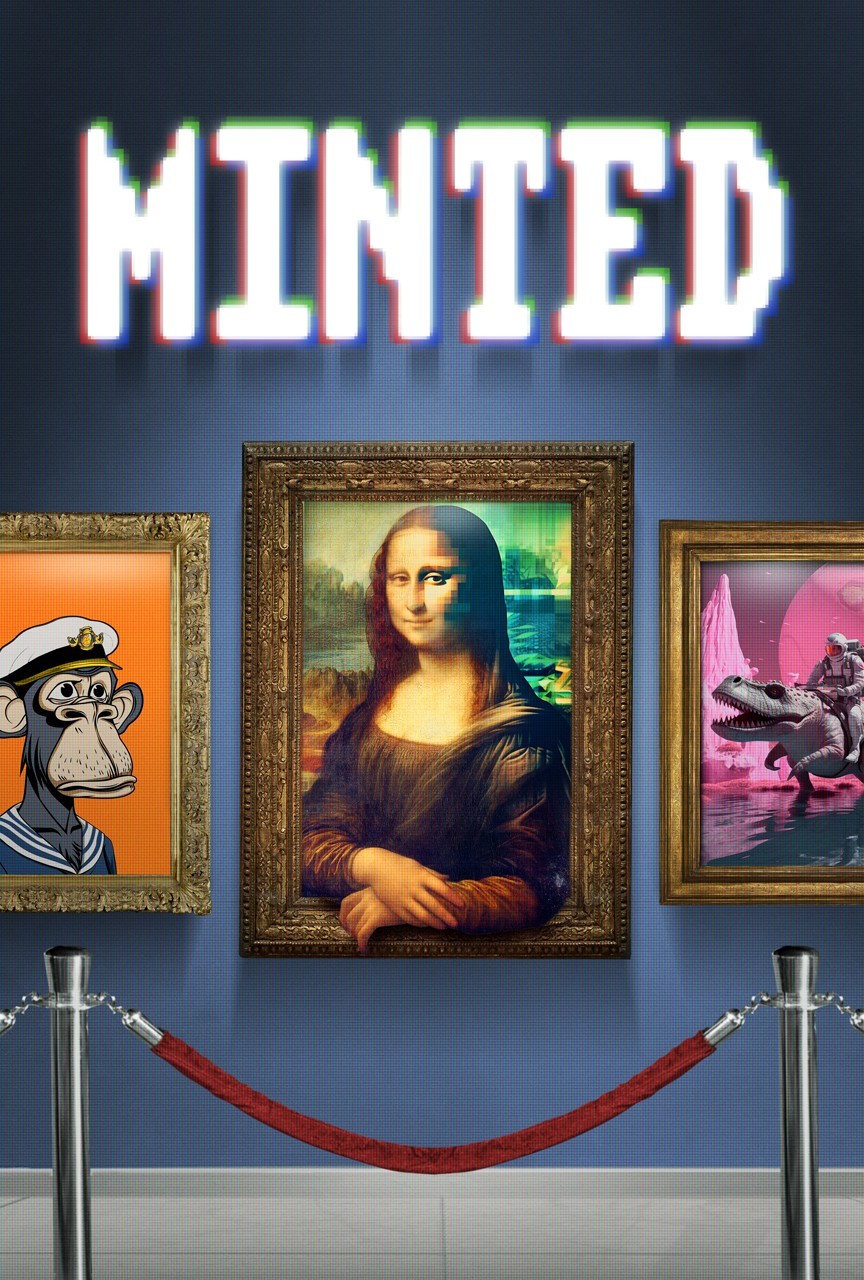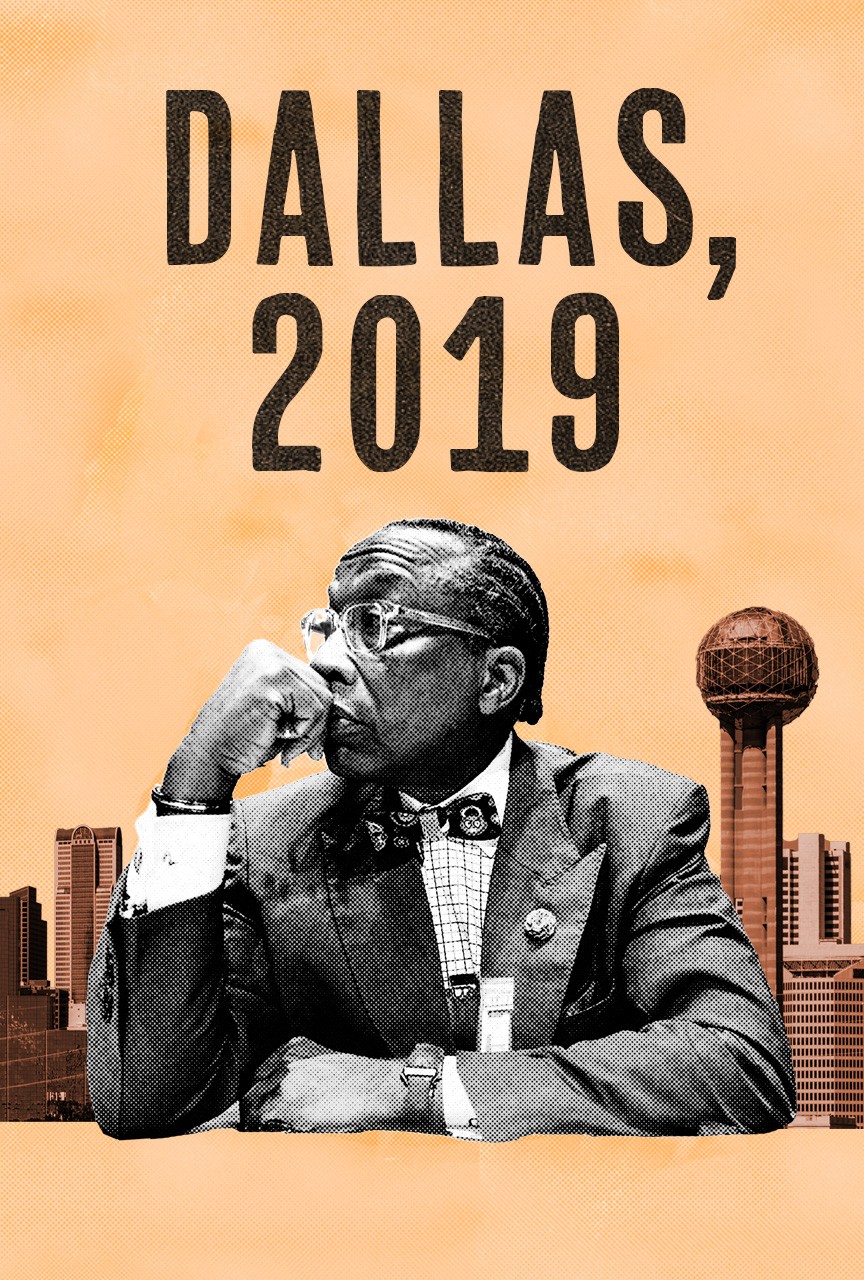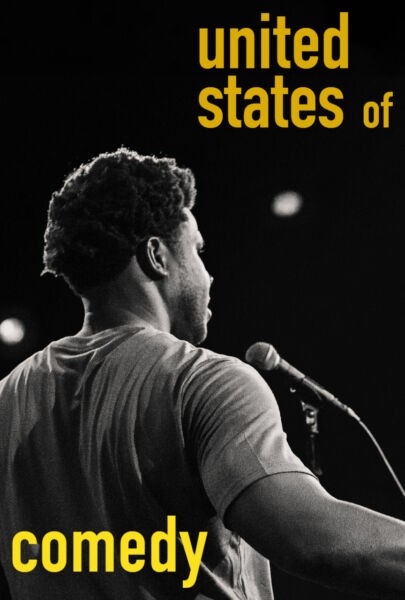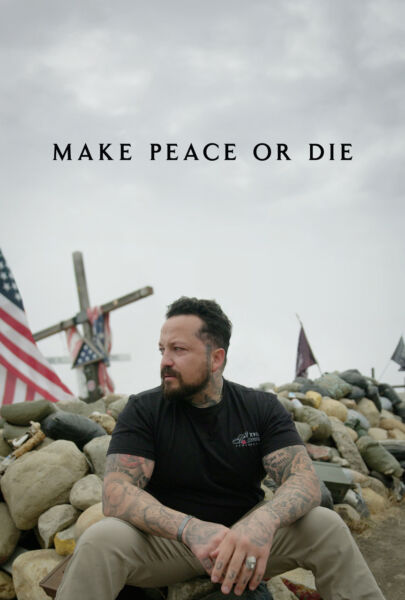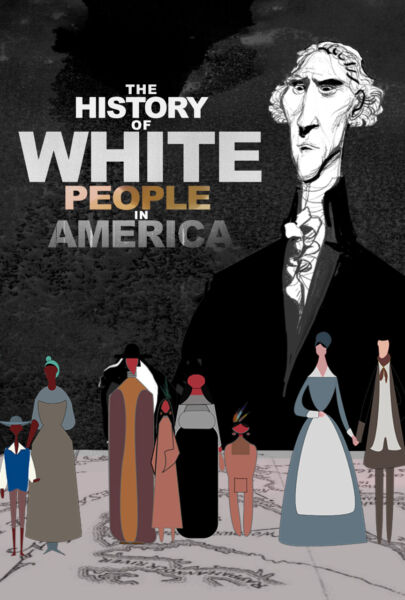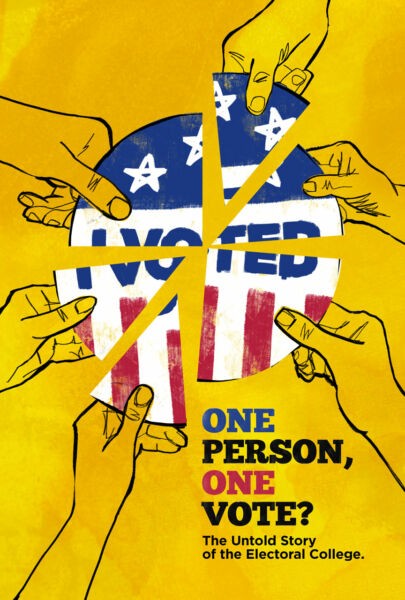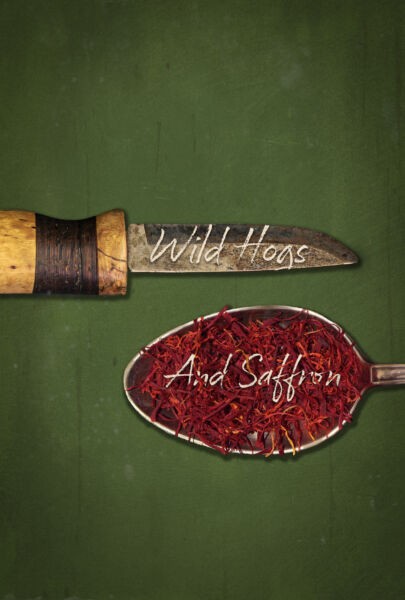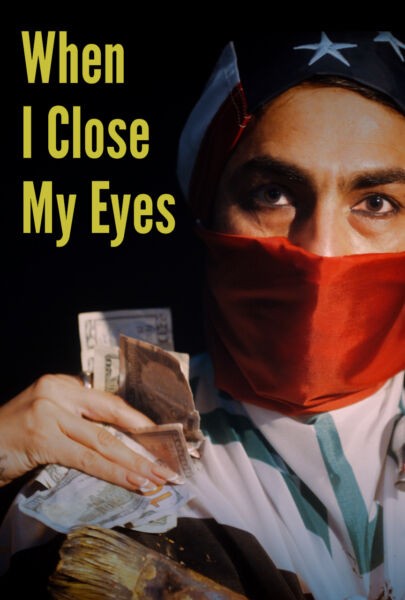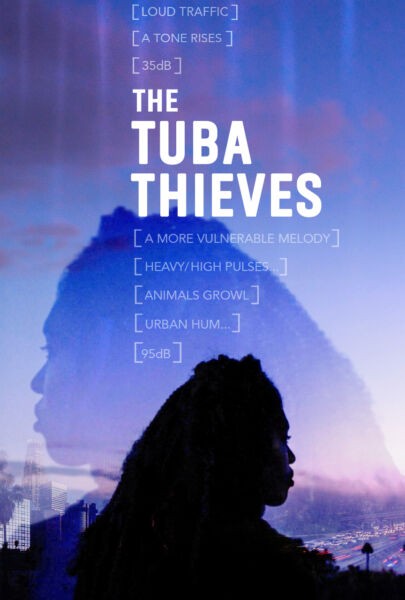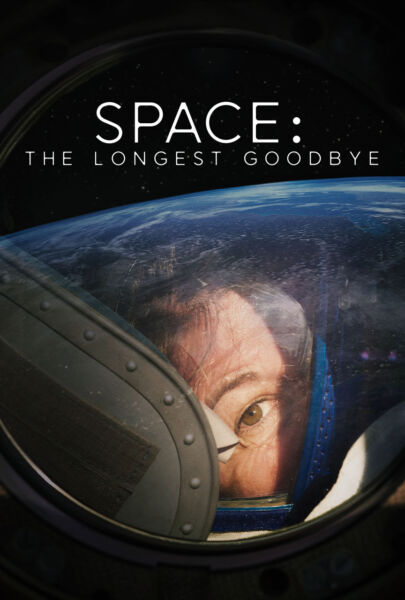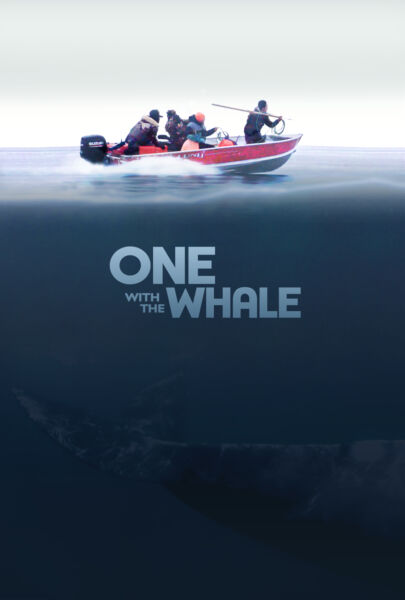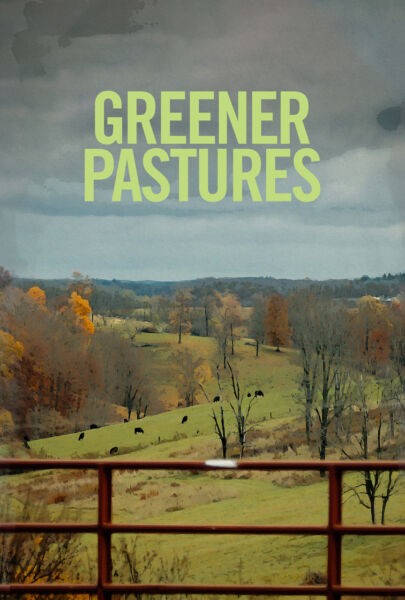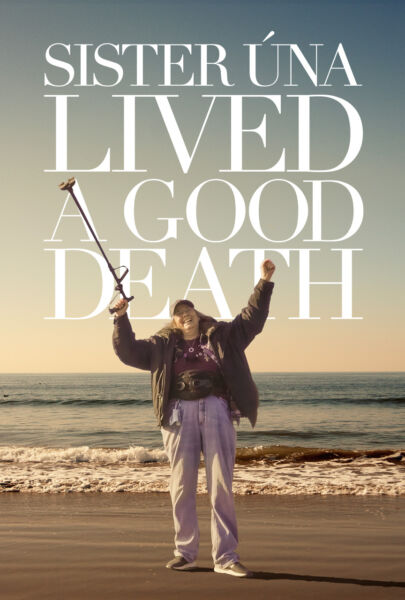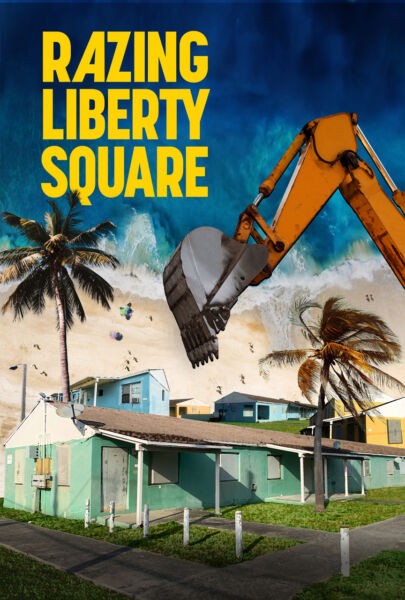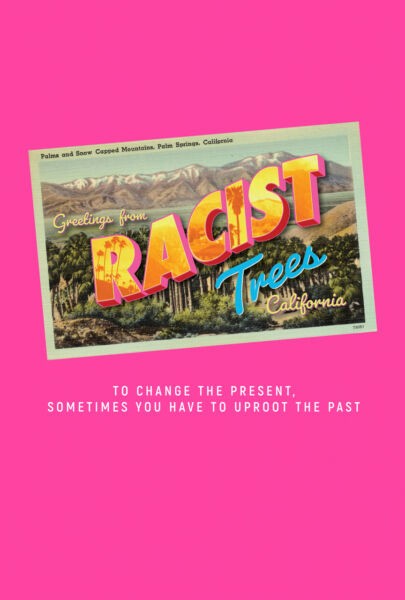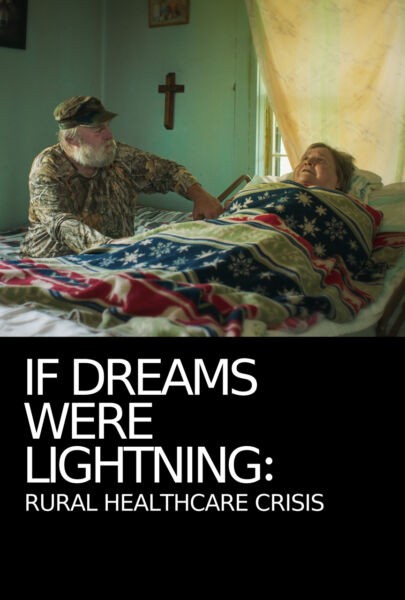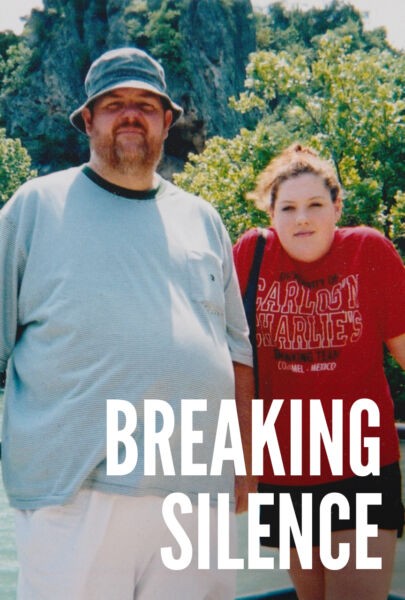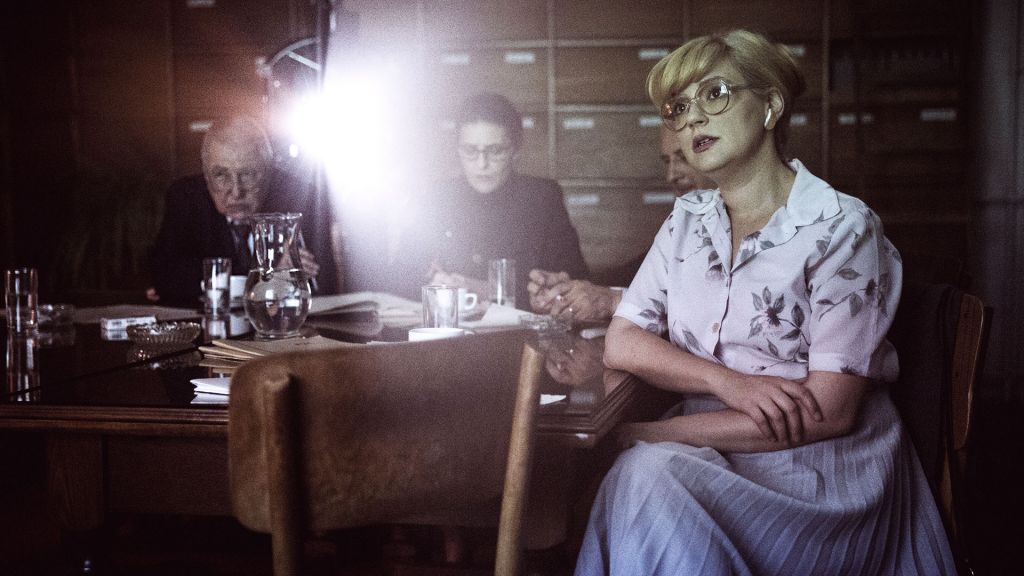
In Ilinca Calugareanu’s documentary Chuck Norris vs. Communism, a handful of Romanians who endured the Cold War reminisce about congregating surreptitiously in cramped apartments to watch American action films on illegal VCRs. Some parts of the experience they recall fondly: like the camaraderie of movie nights, the weird dubbing and degraded video of the bootleg VHS tapes, and the films’ foggy window onto the mysterious western world. Less fun? The constant threat that the authorities would knock on the door and confiscate their contraband. On balance though, the interviewees in Chuck Norris vs. Communism would say the worry was worth it. That’s how much cinema means to people, that they’d risk arrest to watch.
Even under less life-or-death conditions, fans will go to extremes to see a movie. They’ll line up for hours, wearing hand-made costumes, or drive across the country to catch rare repertory screenings. They’ll import grey-market region-free Blu-rays from overseas, or scour the pirating sites looking for films they can’t find at home. They’ll form societies and project battered old prints in hallways or in backyards. Some call this “cinemania.” Whatever the reason or cause, there’s something powerfully compelling about flickering images: to experience, to study, and to make.
The nine films below all consider the different ways that cinema captivates people — usually as a refreshing escape, but also as an unnerving obsession. These movies all speak to how motion pictures bring people together, and to how they can change something fundamental about who we are.
The Infection
Hugo (2011): Some Martin Scorsese devotees were a little too quick to shrug off his first (and so far only) attempt at making family-friendly entertainment. Brian Selznick’s graphic novel The Invention of Hugo Cabret is the tale of an orphan who scrounges for scraps in a Paris train station, where he befriends a toymaker who turns out to be legendary filmmaker Georges Méliès. Scorsese and screenwriter John Logan turned Selznick’s book into something more personal than its simple, kid-centered adventure plot suggests. This is a movie about the history and craft of cinema, and how making films and loving films gives people a sense of purpose — and even a makeshift family. Hugo considers the myriad ways that technical wizardry can both entertain and inspire — and is itself a magnificent contraption.
Cinema Paradiso (1988): One of the most popular Italian films of all time, Giuseppe Tornatore’s emotionally rich period drama uses one boy’s fascination with the movies as the framework for a sprawling story about life in a small Sicilian village in the years following World War II. Tornatore examines religion, art, romance, and the feeling of community, channeled through what happens in and around the old theater where the hero comes of age. Cinema Paradiso is about how pictures can grip a person, seeping deep into the bones. But the movie also spins plenty of its own memorable visions, turning the act of watching films into something that is itself beautiful to see.
The Spirit of the Beehive (1973): Guillermo del Toro has called Victor Erice’s haunting cine-poem one of his favorite films of all time, and an inspiration for his own The Devil’s Backbone and Pan’s Labyrinth — two more stories about how children use fantasy both to escape and to understand the horrors of the Spanish Civil War (which ended in Spain being ruled by the dictator Franco). In The Spirit of the Beehive, the kids are two preteen sisters, who attend a roadshow screening of the 1931 Frankenstein and subsequently become obsessed with monsters and reanimation. The girls experiment with the people, animals, and flora of their remote Castilian home, using the images and plot-points of Frankenstein as their guide to making sense of their parents’ interior lives and of the boundaries between life and death. Erice does the same, using his own cinematic creations as a hazy reflection of real life.
The Re-Creators
The Wolfpack (2015): Crystal Moselle’s alternately disturbing and moving documentary tells the strange story of the Angulo brothers: a group of kids in their teens and 20s who spent nearly their entire lives locked up in a crowded, crumbling New York apartment, under the thumb of a domineering father and overprotective mother. To pass the time, the boys watched a lot of movies, and started staging their own versions of favorites like Reservoir Dogs and The Dark Knight Rises, using a video camera and whatever props and costumes they could cobble together. The Wolfpack is partly about how parents can’t keep their kids from growing up and engaging with the world, no matter how hard they try. But what really resonates about the doc is the way the Angulos found in cinema not just something to do, but a connection to places and ideas that they weren’t allowed to experience firsthand.
Be Kind Rewind (2008): Michel Gondry’s lumpy comedy — about a well-meaning New Jersey dope named Jerry (played by Jack Black) who accidentally erases all the videotapes in his local rental store — never develops a plot as inspired as its premise, but it’s still pretty charming, due to one consistently hilarious bit of repeated shtick. Jerry and the store’s clerk Mike (Mos Def) try to cover for their blunder by remaking the movies their customers want to rent, staging and shooting their own ultra-cheap versions of Ghostbusters and the like. Besides being very funny, these “Sweded” films — named as such because Jerry and Mike claim they’ve been imported from Sweden — speak both to Gondry’s own attraction to the handmade qualities of low-budget filmmaking and to the way that even the most beloved Hollywood products can be easily reduced to a few memorable scenes and lines.
Fade to Black (1980): Multiplexes were overrun with slasher pictures circa 1980, which was when writer-director Vernon Zimmerman released this offbeat horror exercise, about a deranged movie buff named Eric (played by Dennis Christopher from Breaking Away) who dresses up as classic characters in order to kill the people who’ve wronged him. Audiences didn’t quite know what to make of Fade to Black’s serrated satirical edge at the time, and the film quickly disappeared into the “cult favorite” ether — and has since seemed to be almost entirely forgotten. But Zimmerman did more than just tell an offbeat serial killer story. He ventured deep into the dark side of cinematic fantasy, exploring how Hollywood iconography can provide not just comfort to the lonely, but also a dangerous model for the psychotic to follow.
The Great Escapes
The Dreamers (2003): Political and aesthetic revolutions intersected in France in the 1960s, where student strikes and “New Wave” cinema shared a sense of radical possibility. Bernardo Bertolucci’s adaptation of Gilbert Adair’s semi-autobiographical novel The Holy Innocents evokes the spirit of that time (and its movies) via the story of three young people locked into a passionate, perverse, Jules and Jim-like love triangle in the Paris of 1968. Bertolucci confines most of the action to a single home, where the sound of angry demonstrations in the city streets provide the background music to endless days of kinky sex games and long arguments about whether Buster Keaton or Charlie Chaplin made better films. Bertolucci and Adair (who also wrote the screenplay) capture how the enthusiasm of budding cinephiles can shade easily into anger and even despair— but also how movies can help organize and explain a world that’s becoming increasingly chaotic.
Sullivan’s Travels (1941): For all its zingy one-liners and startling plot-twists, Preston Sturges’ screwball classic is best remembered for one scene at the end, where the pompous, temperamental Hollywood genius John L. Sullivan (played by Joel McCrea) has an epiphany while watching a Walt Disney cartoon. After spending the entire film trying to research and plan out his latest project — a serious, socially relevant drama called O Brother, Where Art Thou? — Sullivan makes a series of mistakes and wrong turns that land him in a labor camp, where his fellow prisoners enjoy a moment of relief at a church-sponsored movie night. The lesson of Sullivan’s Travels is blunt, yet one that still hasn’t really sunk in, even 70-plus years later. What Sullivan learns is that it takes just as much as skill to entertain people as to “enlighten” them; and that more often than not, a fun night out resonates more than a stern lecture.
This Is Not a Film (2011): Internationally acclaimed Iranian filmmaker Jafar Panahi has advocated for human rights and democracy through his work — and through his public appearances at festivals around the world. In 2010, that led to his arrest back home, for spreading “propaganda against the Islamic Republic.” As part of his sentence, Panahi was barred from making movies; yet while he was stuck in his house (by court order), he started keeping a video diary, recording both his thoughts on his predicament and notes for the fiction feature he was planning to shoot before the hammer fell. Like the action buffs in Chuck Norris vs. Communism, Panahi was willing to risk further trouble to satisfy his cinephilia. This Is Not a Film depicts an artist who holds onto his sanity by using his memories of other movies—and whatever crude tools he has at hand — to keep creating. Locked up, he disappears into his own head, where he can travel wherever he likes.
Trailer for Chuck Norris vs. Communism:


